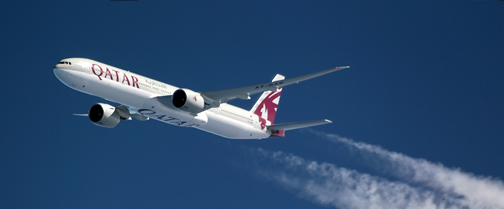Hosting major international sporting events presents both challenges and opportunities.
In order to accommodate a competition of such magnitude, the city must have the necessary infrastructure to support it. And while one’s mind would automatically jump to visions of huge stadia, athlete accommodation and road networks, the invisible infrastructure above our heads plays an integral role in the planning process.
The London 2012 Games attracted over half a million overseas spectators, with flights carrying more than 70,000 overseas ‘Olympics Family’ members and 150 Heads of State, as well as 700 additional flights into London’s main airports, and an estimated 10,000 business jet movements. And NATS had to work with the relevant bodies in order to maximise the handling capacity of the airspace.
The planning and preparation for such large-scale events cannot be achieved by any one single party. It must be a collaborative effort. Military, airports, airlines, and numerous other committees and organisational bodies should work together to prepare for the required air space changes.
Tomorrow, NATS is hosting a knowledge-sharing forum in Doha, Qatar, which will provide senior decision makers within Qatar’s defence and transport sectors the opportunity to hear first-hand how the UK prepared its aviation sector to help to ensure the safe, efficient, and successful delivery of the Olympic Games in 2012.
Our expert panel of experts, including representatives from NATS, the London Organising Committee of the Olympic and Paralympic Games (LOCOG), and Heathrow Airport, will provide insight on their experience, offering an opportunity for attendees to ask questions, and discuss how Qatar can approach the planning process for upcoming events such as the FIFA 2022 World Cup, which will undoubtedly result in a large influx of external visitors.
The Middle East already has a rapidly expanding aviation sector – GCC air traffic is expected to double by 2030 and the intersection of the x and y axes on the world aviation graph has moved inexorably south and east from its point above Vienna thirty years ago to somewhere not a million miles from Qatar.
So efforts toward creating a streamlined, harmonised, efficient regional air traffic management system will not only help towards supporting large sporting events, but will also work to boost airport capacity in general, a positive move necessary for the growth of the industry as a whole.
Comments
Please respect our commenting policy and guidelines when posting on this website.



